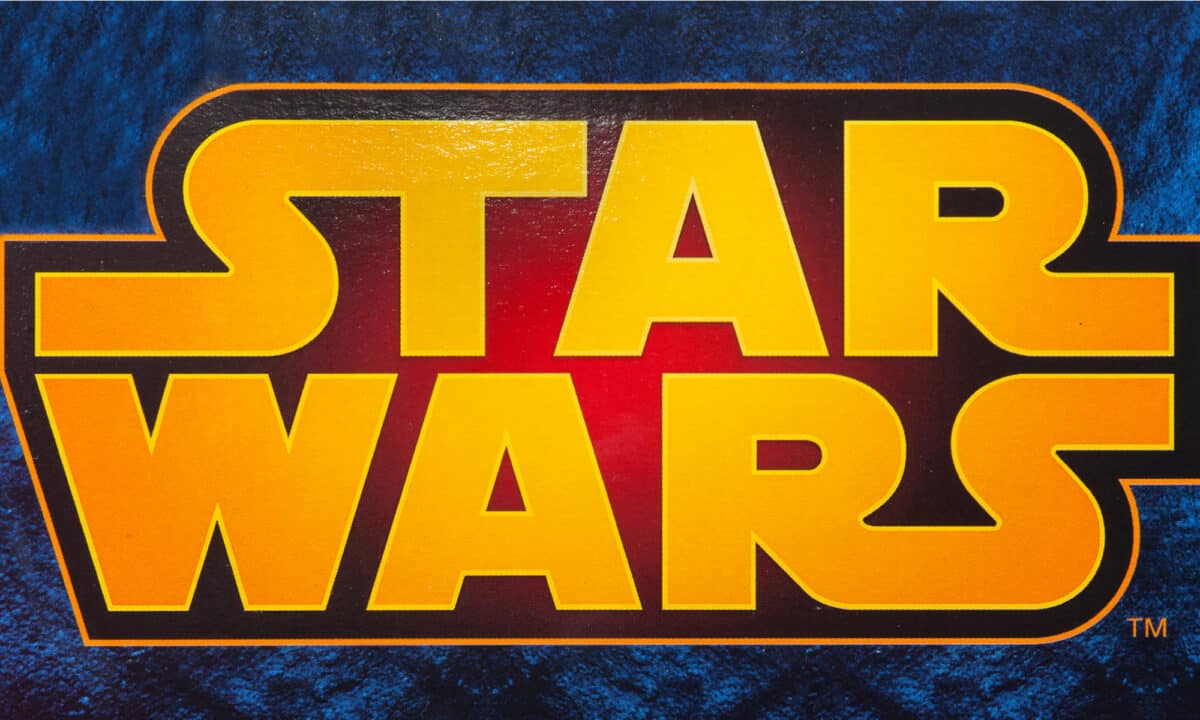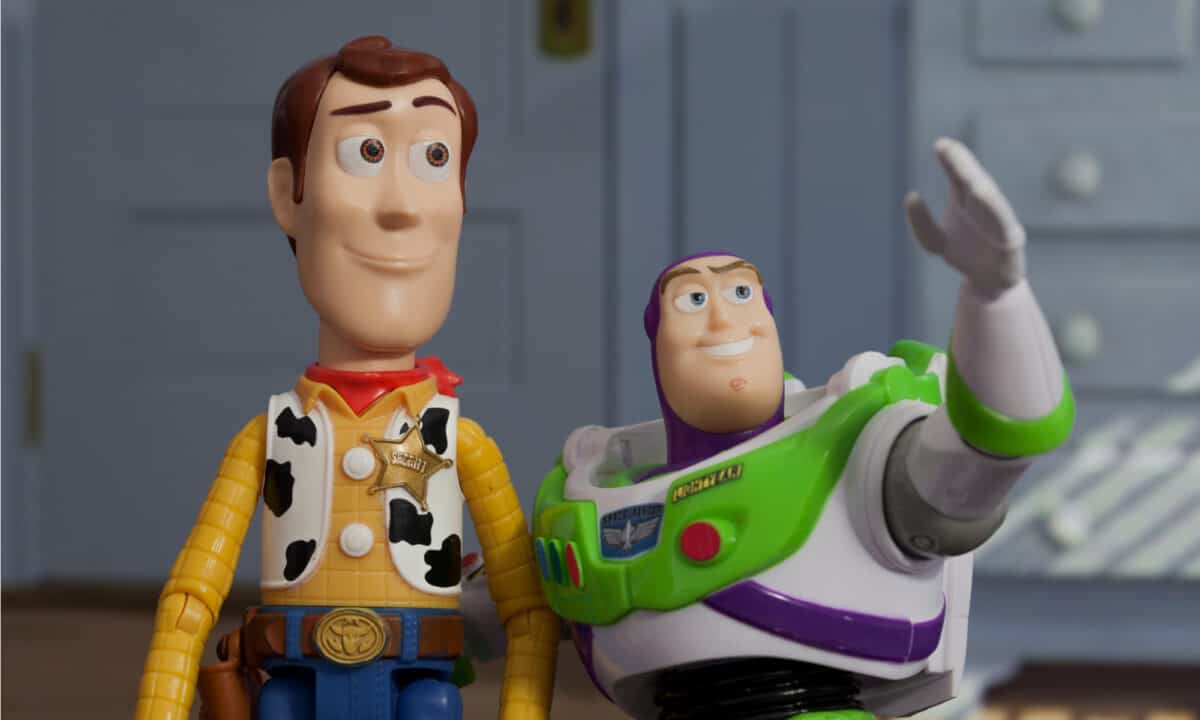Key Points:
- CGI, or Computer-Generated Imagery, uses computer software to create still or animated visuals. It’s used to create 3D (and sometimes 2D) renderings as special effects in movies and TV shows.
- Some consider the spiral sequence in the 1958 Alfred Hitchcock movie “Vertigo” to be the first use of CGI, though it wasn’t traditional CGI, rather, the use of a specially designed mechanical computer.
- The first full-length CGI movie was 1995’s Toy Story by Pixar. The pioneering technology and design of this film inspired an entire industry of feature films.
Special effects have come a long way since the first CGI movie. After computer-generated imagery started replacing puppets, make-up, and other special effects tricks, the technology improved rapidly to create stunning cinematic experiences. Explore the full history of CGI, including some of the most memorable movies that utilized the technology, today.

What Is CGI?
CGI stands for Computer-Generated Imagery. It uses computer software to create still or animated visuals. It’s typically used to create three-dimensional renderings as special effects in movies and TV shows, though it can also be used to create two-dimensional images.
Rather than relying on traditional photography, CGI takes images that are fully created with computer software. This groundbreaking technology can be used to create entire images or it can be used to alter existing photography.
Important Moments in CGI History
From the first moments of mechanical computer-generated imaging to the latest jaw-dropping films, CGI has come a long way. Here are some of the most important moments in CGI history.
First Use of CGI in a Movie
The first use of computer-generated imagery in a movie is, arguably, the spiral sequence in Alfred Hitchcock’s “Vertigo.” This 1958 special effect didn’t use traditional CGI but instead was achieved with a specially designed mechanical computer. John Whitney was hired to create the shot. He used a World War II anti-aircraft targeting computers and cells on a rotating platform.
A more commonly accepted first use of CGI was in “Westworld.” This major motion picture, released in 1973, starred Yul Brynner as an android in a futuristic Wild West theme park.
First Fully CGI Character
The first character in a film to be created entirely with computer-generated imaging was the stained-glass knight in the 1985 movie “The Young Sherlock Holmes.” The knight took about six months to create, even though he was only present for about 30 seconds of the film. This character, however, only played a minor role in a film that was otherwise fully live-action.
Another contender for the title of the first fully CGI character is Jar Jar Binks in “Star Wars: Episode I – The Phantom Menace.” In 1999, Jar Jar Binks was created using CGI motion capture. He’s also recognized as the first supporting character created using CGI.
First CGI Feature
A short film named “A Computer Animated Hand” was created in 1972. Fred Parke and Edwin Catmull created this short using computer animation. It’s considered the first three-dimensional computer graphics feature. It was made by using a model of a hand and drawing small polygons and triangles on the hand.
First Feature-Length CGI Film

“Toy Story” was the first feature-length film to be produced using entirely computer-generated imagery. The groundbreaking 1995 movie was the first Pixar film and broke the record for CGI movies by a full 80 minutes. The pioneering technology and design of this film inspired an entire industry of feature films.
Major Innovations in CGI History
Ever since the first CGI movies, there have been several unique ways to include this technology in major motion pictures. Here are some memorable innovations in the history of CGI:
- De-aging actors: “The Irishman” took actors Robert De Niro, Al Pacino, and Joe Pesci and made them all look younger as part of this three-and-a-half-hour iconic Netflix film.
- Bullet-time: “The Matrix” not only was the first film to use bullet-time but coined the phrase. It took 120 still cameras to capture the iconic scene in this movie.
- Digital fur technology: “Cats” may not have impressed critics or many fans but it did utilize a unique CGI innovation. The film added whiskers, fur, and cat ears to actors as a motion capture technique.
- 3D motion capture: “Lord of the Rings” showed just what 3D motion capture was capable of. The character of Gollum was created by taking actor Andy Serkis’ facial features using motion capture and then using CGI.
- CGI battle scene: “Starship Troopers” is recognized as having the first large-scale CGI battle scene, where insectoid aliens fight against a live-action military force.
Most Popular CGI Movies
Some of the most popular CGI movies didn’t use revolutionary techniques or claim any “first” titles. They are, however, still important milestones in the history of computer-generated imaging. Here are some highly successful movies that feature memorable CGI moments:
- “Jurassic Park”: While this classic 1993 film also used animatronics and other special effects, the groundbreaking CGI created unforgettable scenes of dinosaurs roaming the park. “Jurassic Park” is an excellent example of CGI that has aged well.
- “Star Wars”: There were many key CGI moments throughout the “Star Wars” series. First, the 1977 “Star Wars” included a masterful blend of CGI, puppets, and animatronics. “Star Wars: Episode I – The Phantom Menace” also included the first CGI supporting character.
- “Titanic”: Thanks to Linux and the talented team behind this 1997 classic, “Titanic” was able to place scenes onto 1/20 scale models for realistic shots that even convinced critics.
- “Avatar”: This stunning addition to CGI history included live actors and motion-capture technology. With a whopping budget of $425 million, “Avatar” also ranks as the most expensive movie ever produced.
- “Gravity”: At approximately 80% computer-generated imagery, “Gravity” is chock full of stunning effects and groundbreaking scenes that showcase the latest computer technology.
- “Terminator 2: Judgment Day”: The iconic T-1000 villain was created with CGI and a wide range of other special effects. Industrial Light and Magic used everything from mercury and a hair dryer to a stuntman in foil to blend almost seamlessly with realistic CGI moments.
- “Avengers: Endgame”: At $357,115,007 for the opening weekend alone, “Avengers: Endgame” currently holds the title for the biggest domestic box office opening weekend. The stunningly realistic CGI used quantum suits to speed up the process. This is just one of the more modern examples of how technology has come a long way since “Westworld.”
The image featured at the top of this post is ©Willrow Hood/Shutterstock.com.

